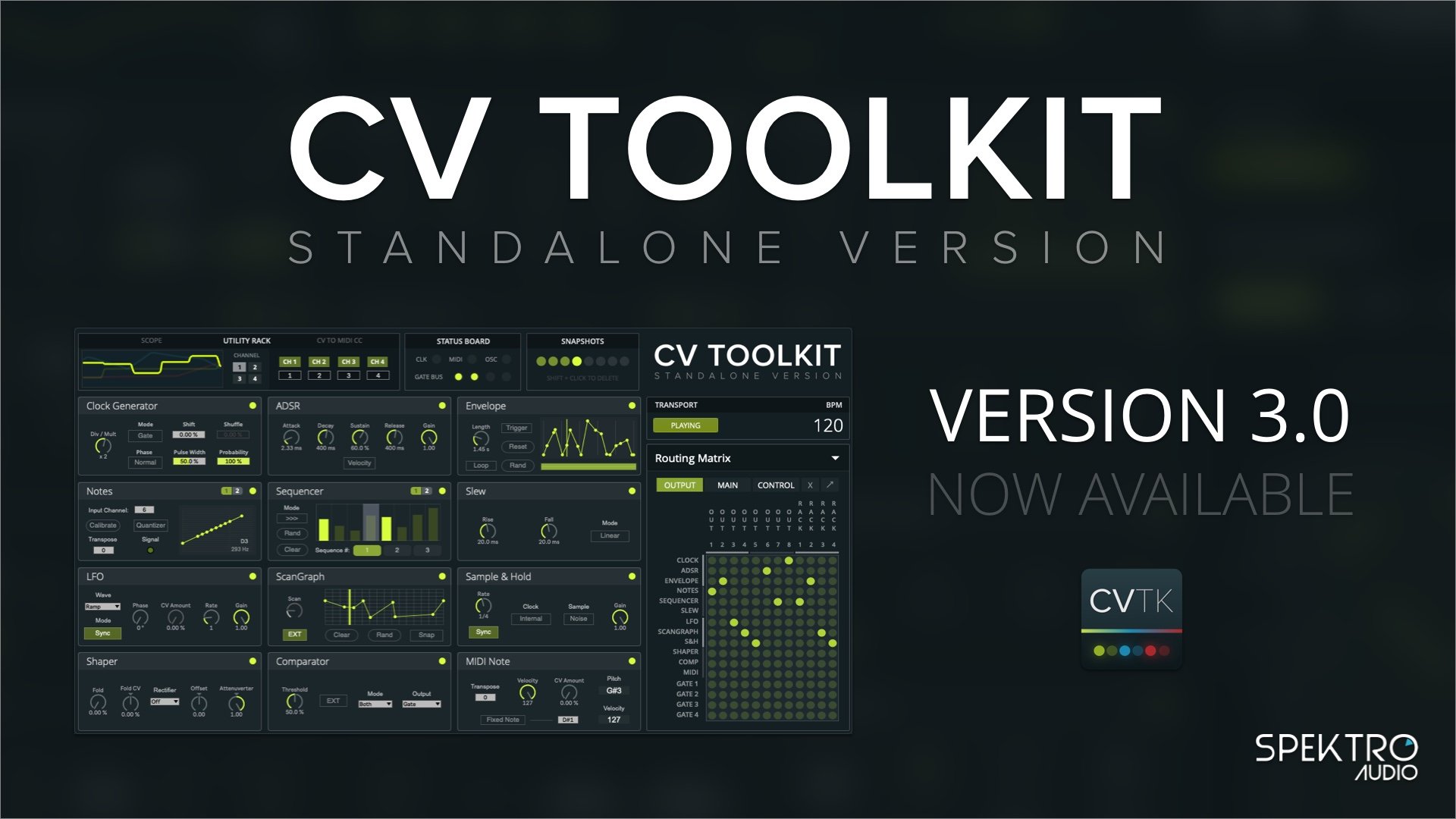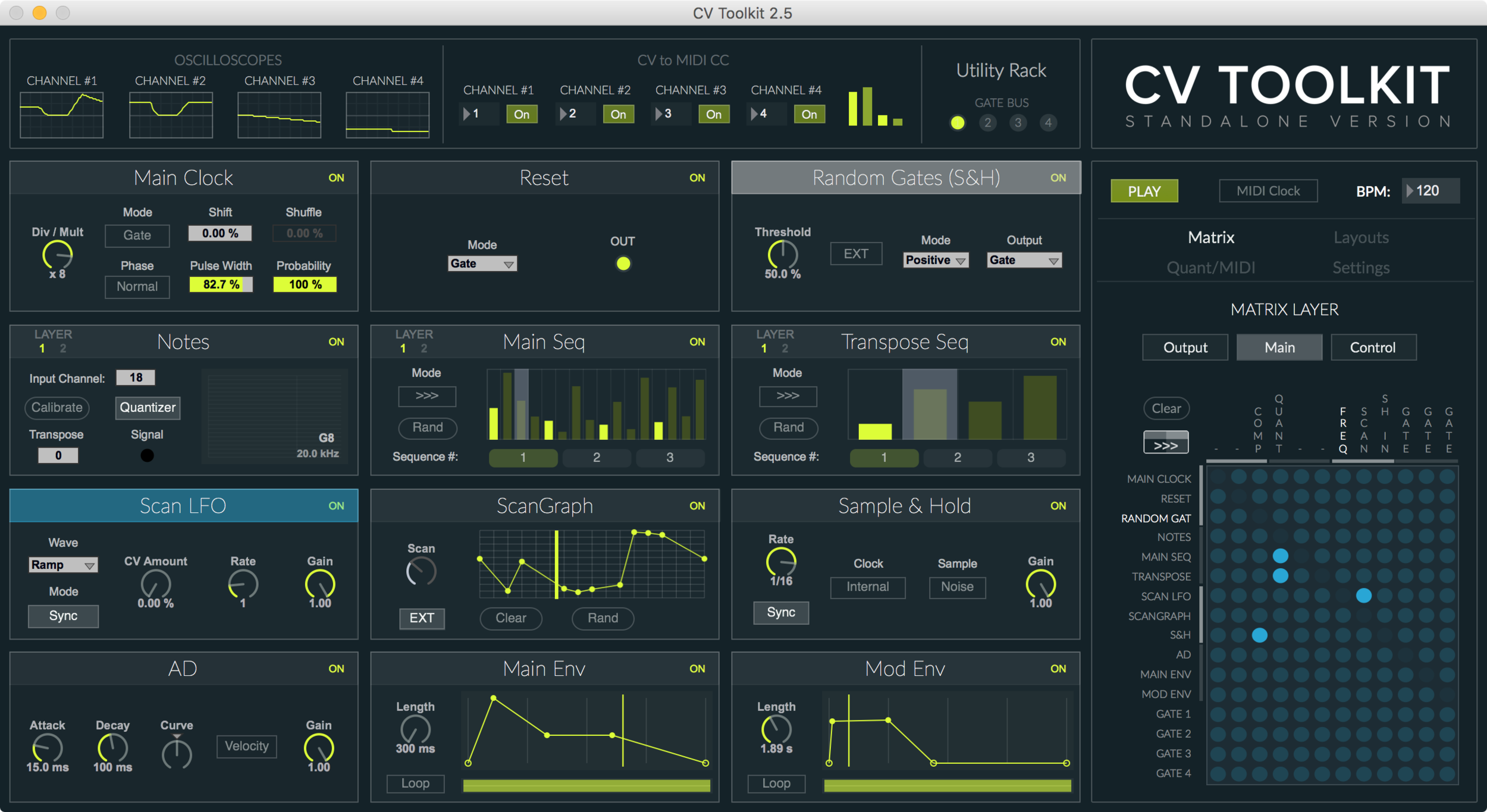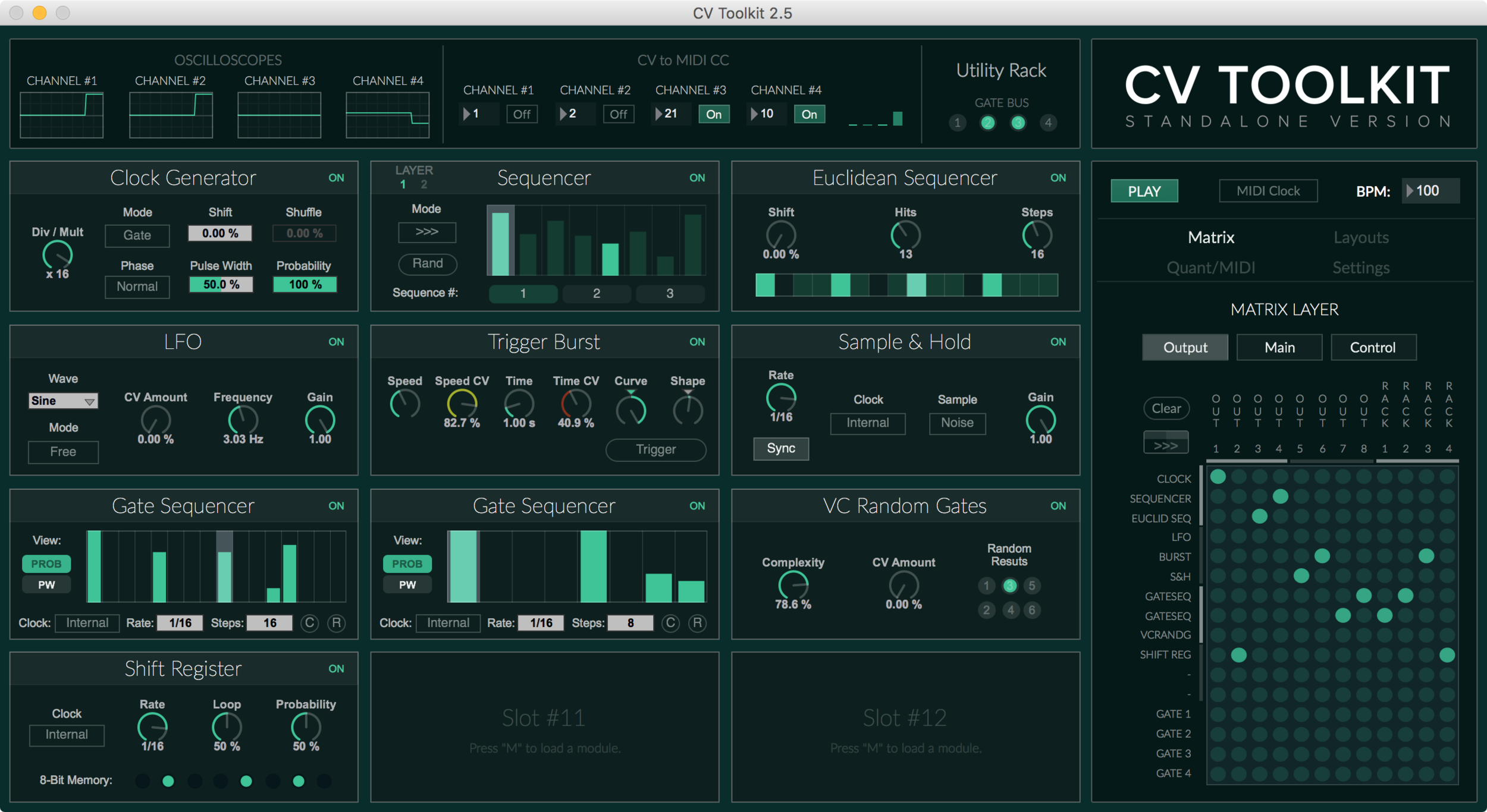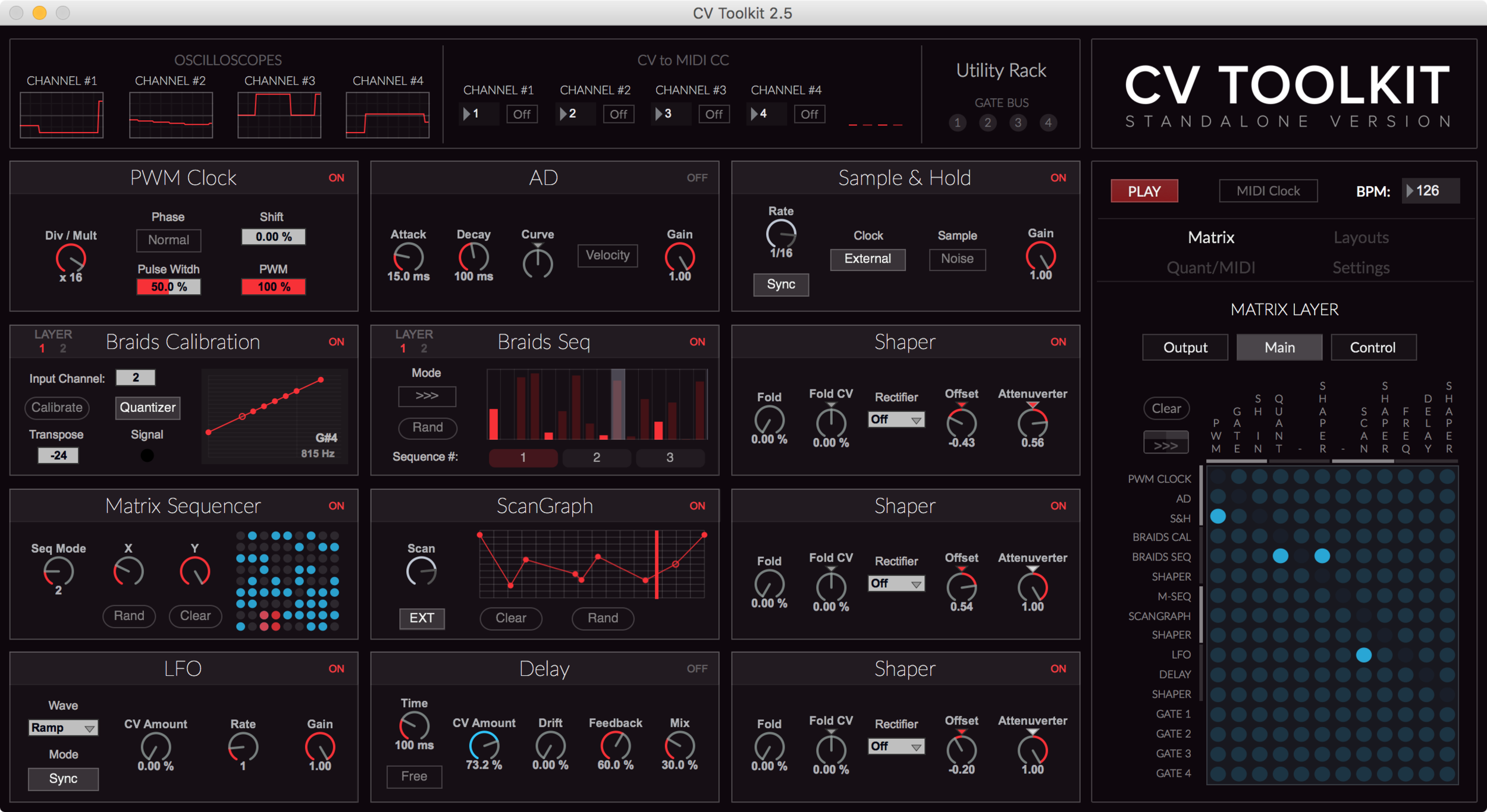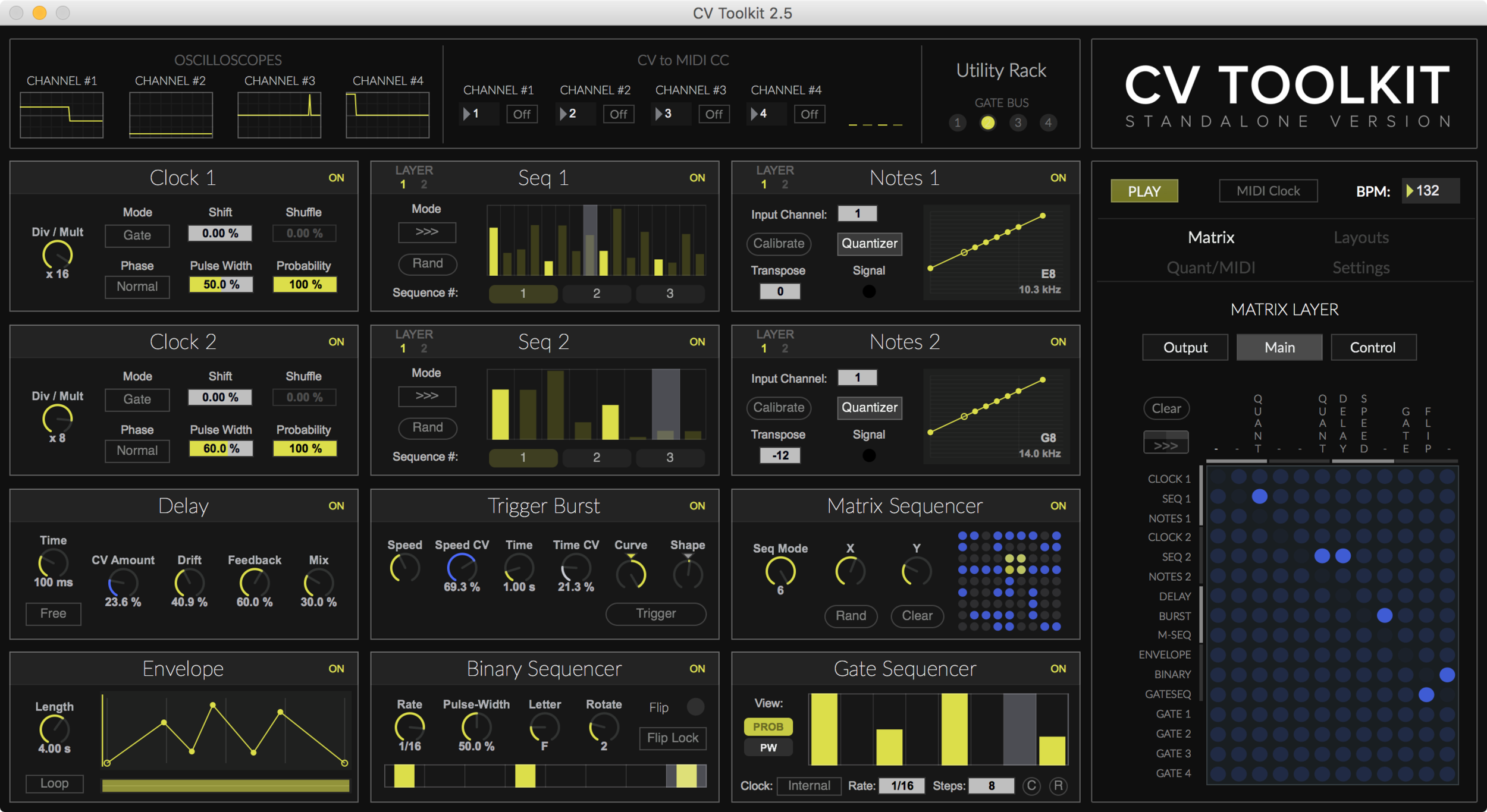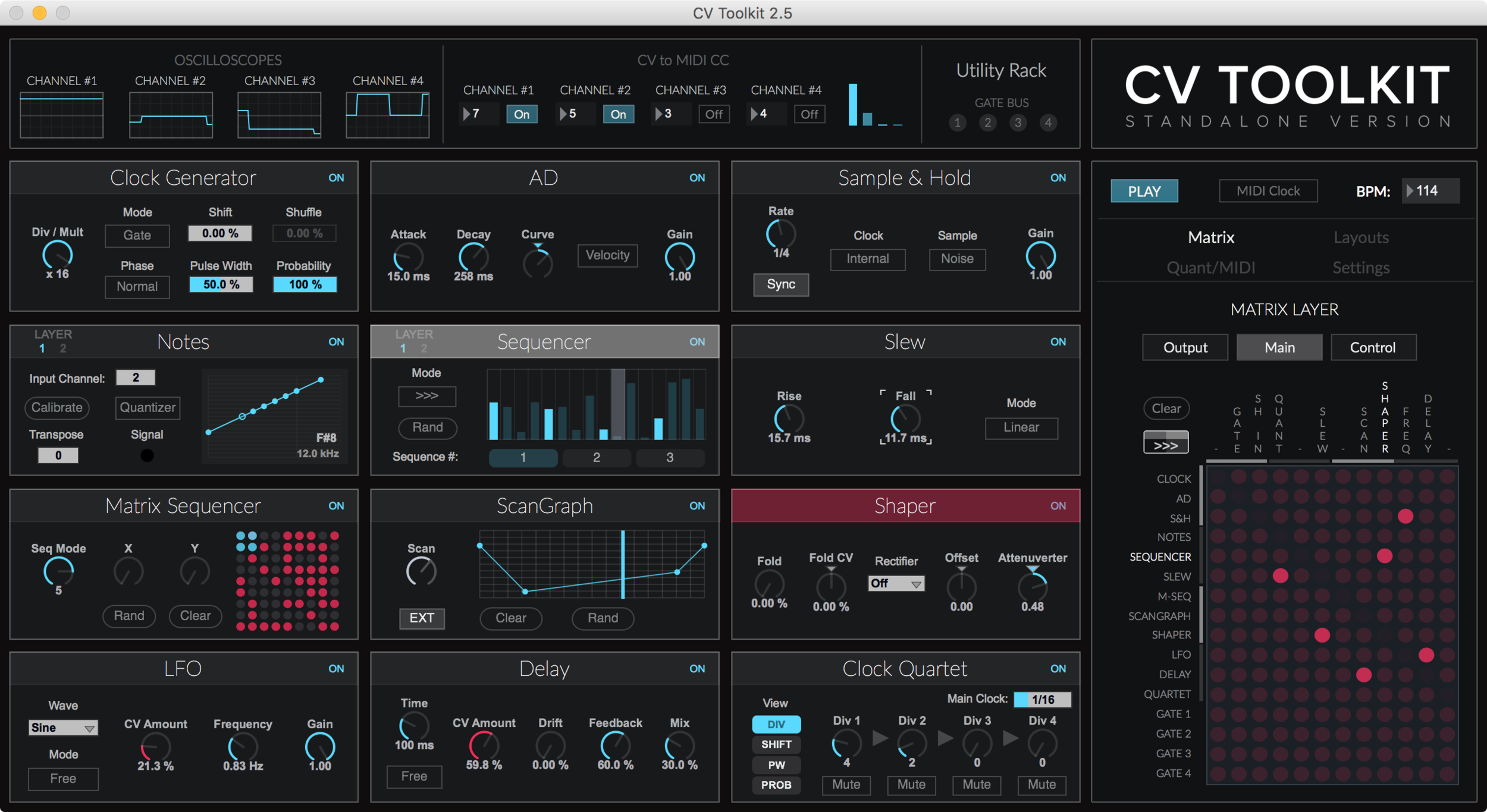NGEN + CV Toolkit Updates, New Forum, and Other News!
/Today we’re releasing a new firmware update for NGEN, a new minor update for CV Toolkit 3, new open-source tools for NGEN, and our new forum!
NGEN 1.1.2 Firmware Update
The new 1.1.2 update for NGEN is now available and it includes many improvements to different parts of the NGEN firmware such as:
New Scale Editor (beta)
Improved potentiometer readings (for better precision and smoother operation)
Updated internal framework for custom UI / controls.
Updated name editor, list selector and info view based on updated framework.
Improved project management
Important bug fixes for patterns, generators, and MIDI routing
The complete change-log, as well as update instructions, are available on the NGEN User Manual.
We’re also working on new video tutorials for NGEN that will soon be available on our Youtube channel.
I’d also like to thank everybody who pre-ordered units from our second NGEN batch. The feedback we’ve receiving has been incredibly valuable.
A third NGEN batch is already in the works and it should be available by the end of Q2 2024.
CV Toolkit 3.0.1 Update
A new minor update for CV Toolkit 3 is now available (3.0.1) and it includes improvements to Factory modules and the UI, updated Max framework and some bug fixes.
The change-log for CV Toolkit 3.0.1 is available on the CV Toolkit 3 User Manual.
Existing CV Toolkit 3 customers will receive a link for the new update via email.
CV Toolkit 3 is available at http://spektroaudio.com/cv-toolkit-standalone
New Spektro Audio Forum
The new Spektro Audio Forum is now publicly available at https://forum.spektroaudio.com
Our goal for this new forum is to have a hub for our users to interact, ask questions, report bugs, request new features and learn more about our projects.
While we’re always available for direct communication via our Contact form, this new forum will let us have more open discussions with other people about the past, present, and future of Spektro Audio projects.
The forum includes dedicated sections for our different projects so all users are welcome to join.
Open-Source Tools for NGEN
We’ve also released 2 new open-source tools for NGEN to let users further explore NGEN’s capabilities:
DrumGen Template Editor
The DrumGen Template Editor is a GUI-based application written in Rust + eGui that lets you create and edit templates for NGEN’s DrumGen generator.
Templates can be exported as .hex files and loaded into NGEN via a MicroSD card.
URL: https://github.com/SpektroAudio/DrumGenTemplateEditor
ngen_nsl rust library
ngen_nsl is a custom Rust library that makes it easier to create, encode and decode NSL scripts.
It includes all commands currently available in NSL and methods for importing an exporting .hex files.
Crates.io: https://crates.io/crates/ngen_nsl
Documentation: https://docs.rs/ngen_nsl/
Repository: https://github.com/spektroaudio/ngen_nsl
We’d also to remind NGEN users that we also have a repository for other NGEN resources (including factory content, 3D printable parts and other NGEN-related scripts) that is available at: https://github.com/SpektroAudio/NGEN-Resources





